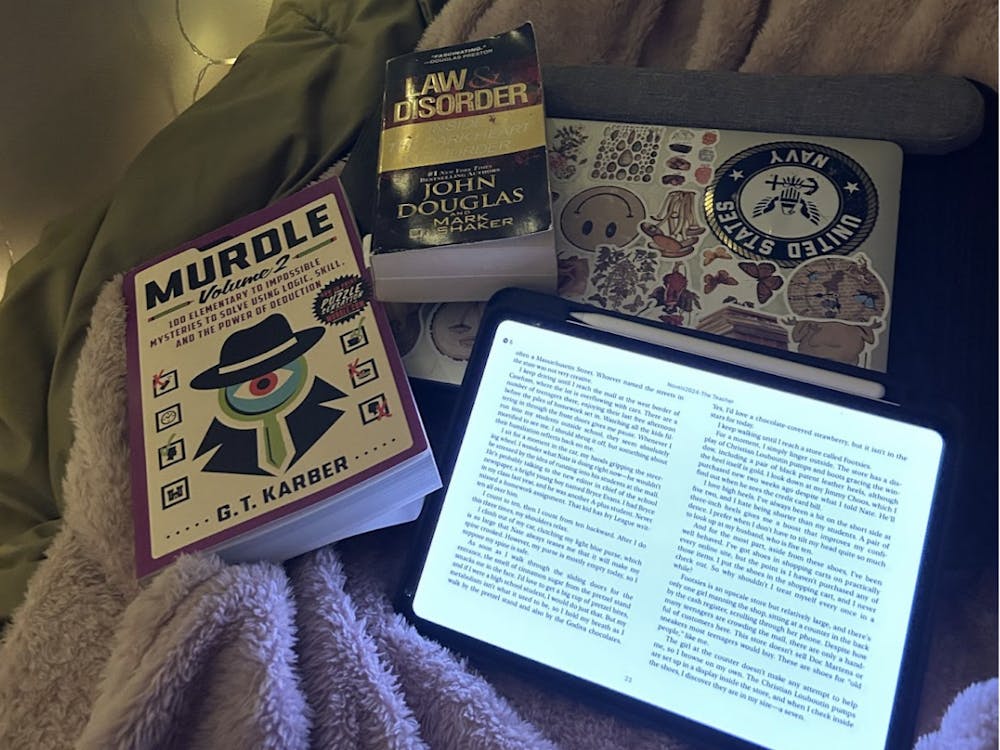The Baltimore Museum of Art (BMA) (completely free to all of its visitors and essentially on our very own campus) is now home to a new exhibition — a series of 21 photographs by the renowned An-My Le, a Vietnamese-born American photographer. The exhibition began on Oct. 16 and will continue to be on display in the Front Room of the BMA until Feb. 23.
An-My Le immigrated to the United States with her family in 1975 as a political refugee; her experience during the final years of the war in Vietnam spurred her interested in investigating and capturing this time period. She uses large-format photography and often black and white film in order to examine war and uncover its multiple layers. Her series, Small Wars (1999 -2002), showcases moments during a re-enactment of the war in Vietnam, which takes place in Virginia and North Carolina.
Through shades of gray, she depicts the nuances of the military world across various settings, the details of the scene surrounding more conventionally interesting moments of combat, rather then highlighting combat and violence in a Hollywood-esque fashion.
In addition to this, while most depictions of war capture the attention of their viewer through shock by using violent images, An-My Le’s photographs can be observed and pondered for a longer period of time, rather than forcing the viewer to look away. She believes that “looking away” leads to an indifference toward war, since those who cannot relate to the image can easily disconnect themselves from it. An-My Le hopes to keep the museum-goers eyes on her photographs, physically connecting them to the image in a comfortable way before asking them to understand the image, which is often a difficult feat to accomplish regarding depictions of war.
An-My Le considers herself to be a landscape photographer; it is evident through observation of her photographs that she intends to juxtapose the strength of the natural world with the metallic strength of man-made machines. The viewer is forced to consider these two forms of power and their relationship to one another, rather than merely focusing on the enemy countries as two opposing forces, which mainstream media already often encourages. Ironically, An-My Le combats this; her photography takes the viewer to a deeper level of war and the ideas it encompasses, beyond the superficial surface where sides must be chosen.
The Front Room of the Baltimore Museum of Art consists of her most recent work, a series titled Events Ashore, which she began in 2005. Interestingly enough, this series is composed of color images rather than black and white photography.
The content of the images ranges from military personal training to performing surveillance to peacekeeping to carrying out humanitarian missions — none of them involve actual combat or violence of any kind, just references to violence, tiny details hinting at the gruesome nature of war, whispering about its inherent contradictions without revealing any kind of specific political agenda from the photographer herself.
A favorite photograph of mine which can be found tin the Front Room is titled Target Practice (2005). I strolled into the Front Room with my friend, and I was immediately drawn to one of the images on the wall opposite the entrance. I vaguely noticed my friend wander towards the left in my peripheral vision, planning to see each photograph in order from start to finish, but this image pulled me towards itself.
It was a photograph of five men, but in the back of my mind, I knew that something about this image wasn’t quite right. With each step, I became closer to the photograph, and its true content became clearer — the image was not simply of five soldiers, it was of five soldiers setting up their human-shaped targets.
From a distance, the targets cannot be seen or recognized simply due to how closely they resembled the soldiers in size and shape. As I stared at this photograph, I wondered how the soldiers would feel if they could see themselves from where I was standing, from my point of view. I wondered if they had ever realized how similar they themselves were to the targets they shot, or the enemy soldiers they were training to fight against — if it had ever occurred to them that they themselves were the target, not only in the eyes of enemy forces but also on a deeper level pertaining to humanity.
An-My Le’s series’ will be on display at the BMA for one more month; her exhibition is worth a visit to those who have an interest in contemporary photography, the power of images and moments in time or simply an interest in the complexity and depth of war. In addition to her work, the contemporary wing of the BMA in itself is worth a visit, as it is currently full of incredibly diverse works of art, from Andy Warhols to Georgia O’Keefes.




